Box set: a Marseilles sculpture park is putting the fabulous back into prefab
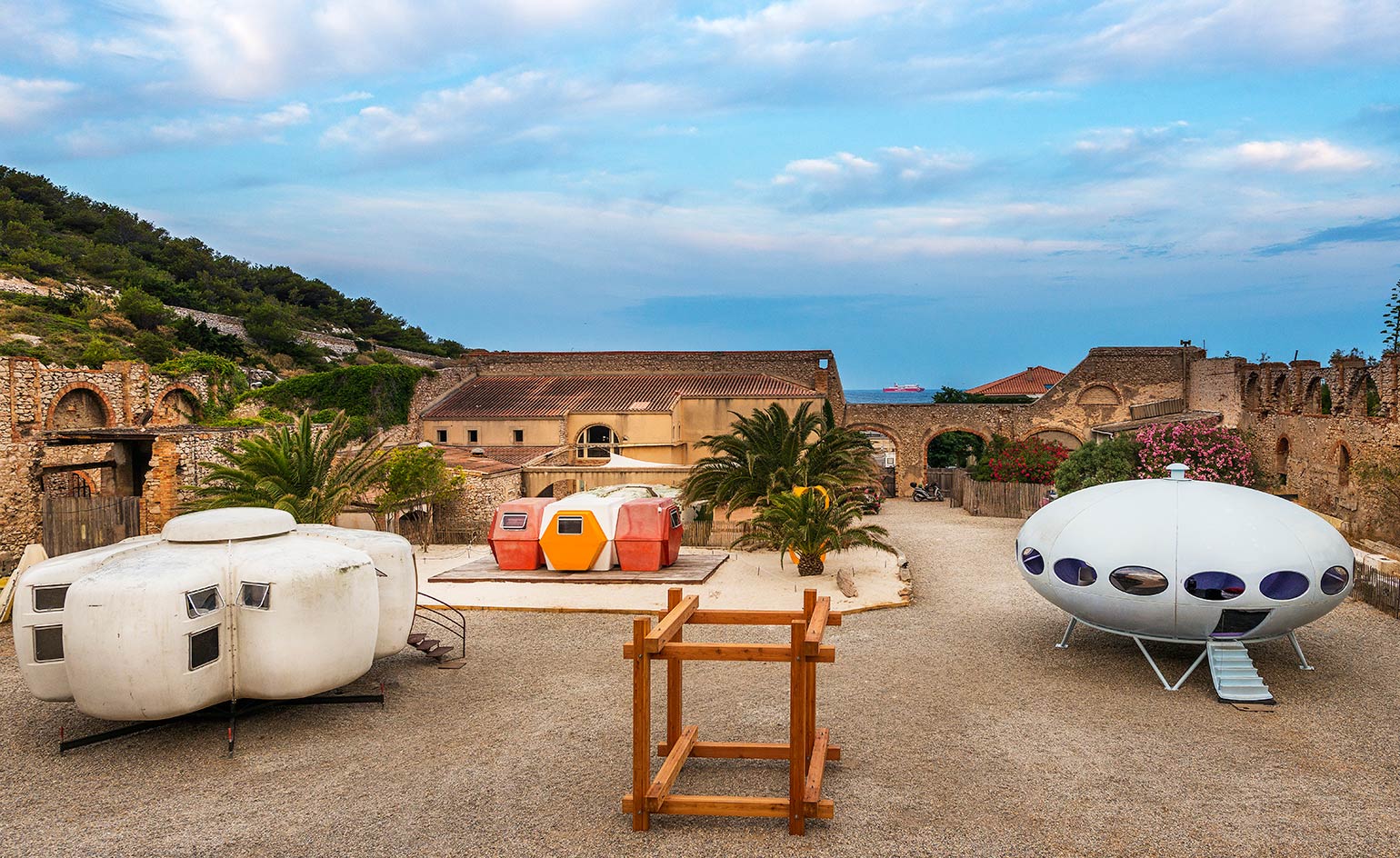
In 2016, Paris-based design dealer Eric Touchaleaume – known for re-popularising the works of seminal European architects and designers of the early 20th century – unveiled the Friche de l’Dscalette, a one-of-a-kind sculpture and architectural park on the outskirts of Marseilles, the French port city on the Mediterranean.
According to its founder, the park was established to ‘protect the poetry of the place, and to foster the philosophies shared by Jean Prouvé, Charlotte Perriand, Pierre Jeanneret, le Corbusier, and the people of Marseilles’.
Following last year’s presentation of demountable Prouvé houses, this summer’s programme has gone retro-futuristic with ‘Utopie Plastic’, a collection of prefabricated houses and other design ephemera from the late 1960s and early 70s.

Futuro House, designed by Finnish architect Matti Suuronen (1933-2013) in 1968
Among the remarkable structures that have touched down are the Hexacube by Georges Candilis and Anja Blomstedt, originally intended as a part of a mobile beach community; Maison Bulle by French designer Jean-Benjamin Maneval, comprising six bubble-like shells; and the UFO-shaped Futuro House, originally designed by Finnish architect Matti Suuronen as a transportable ski chalet.
The structures, scattered around the site, are complemented by plastic furniture by designers including Quasar Khanh, Wendell Castle and Maurica Calka. Taken together, the exhibition captures the unique application of the quintessential post-war material as well as the utopian spirit of the times. While it wasn’t to last: the idiosyncratic design milieu, which began in the mid-50s, fizzled out following the 1970s oil crisis, the movement has achieved interest and increasing market prices.
After a visit to the park, one can see why these innovative and colorful structures deserve a new life, appearing all the more surreal when set against the park’s agrarian backdrop, which resembles an archaeological dig complete with brick archways, pine trees and crumbling ramparts.
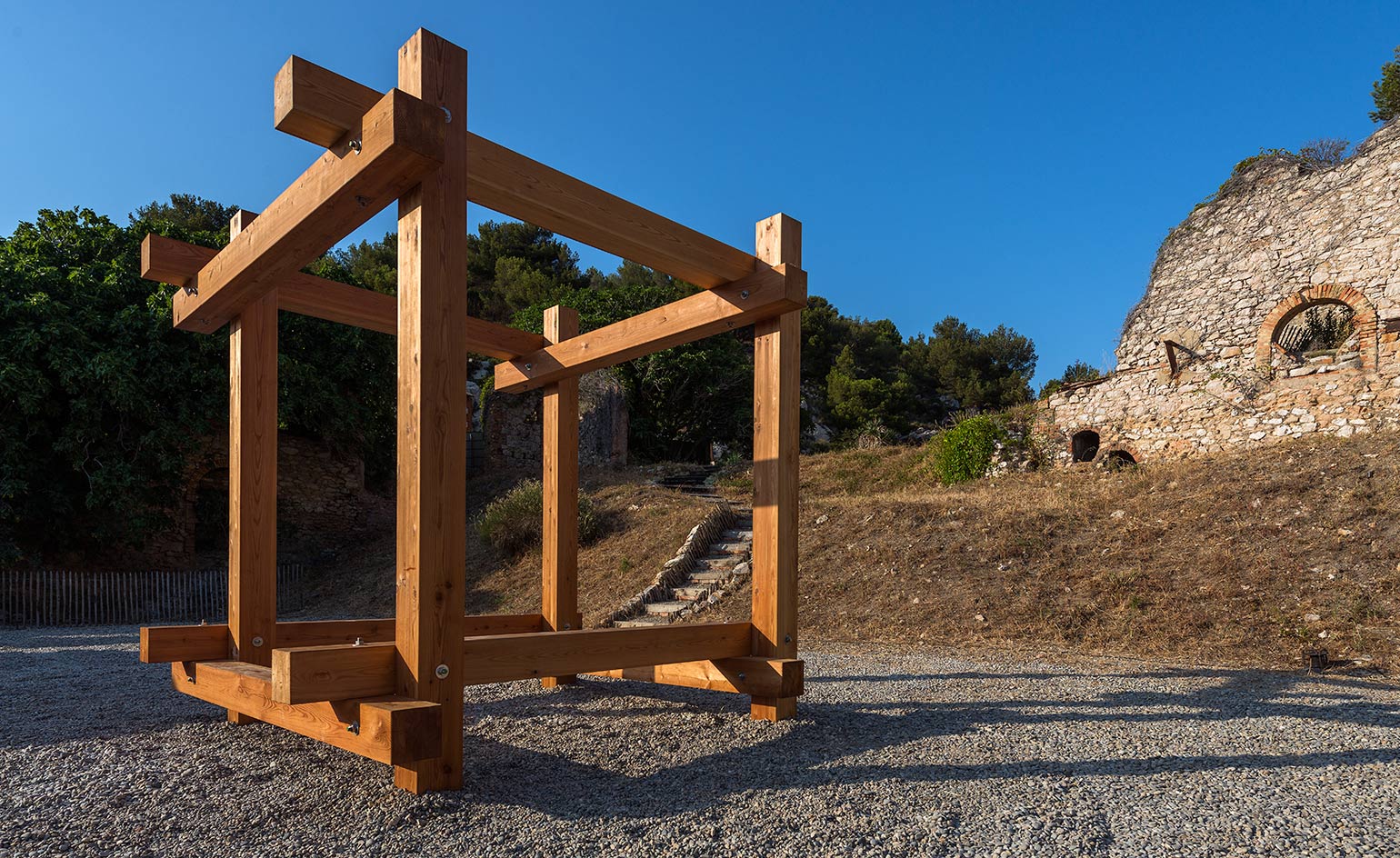
Pavilion-Skulptur II, 1969/1975, by Max Bill
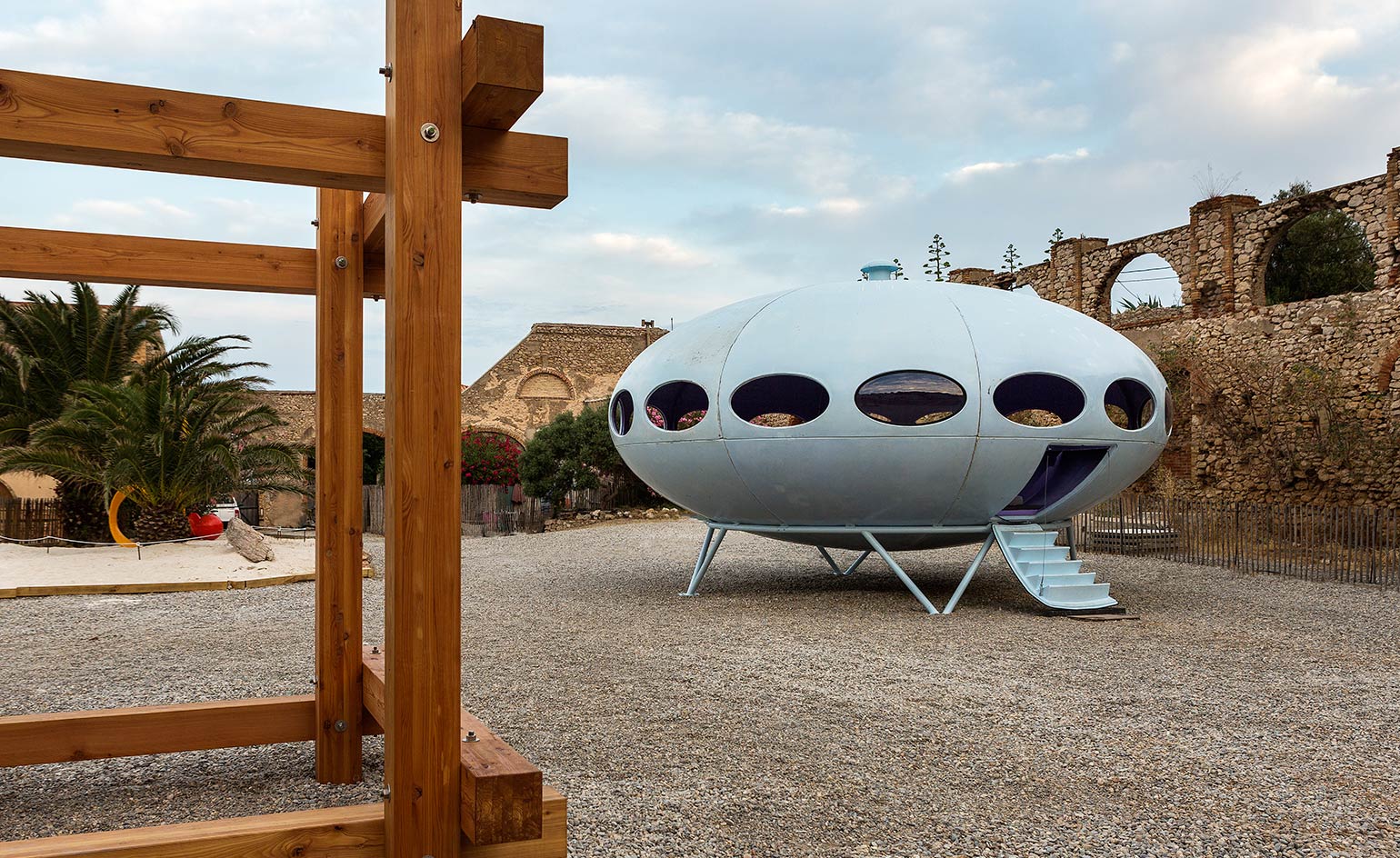
Pavilion-Skulptur II, 1969/1975, by Max Bill; and Futuro House, 1968, by Finnish architect Matti Suuronen
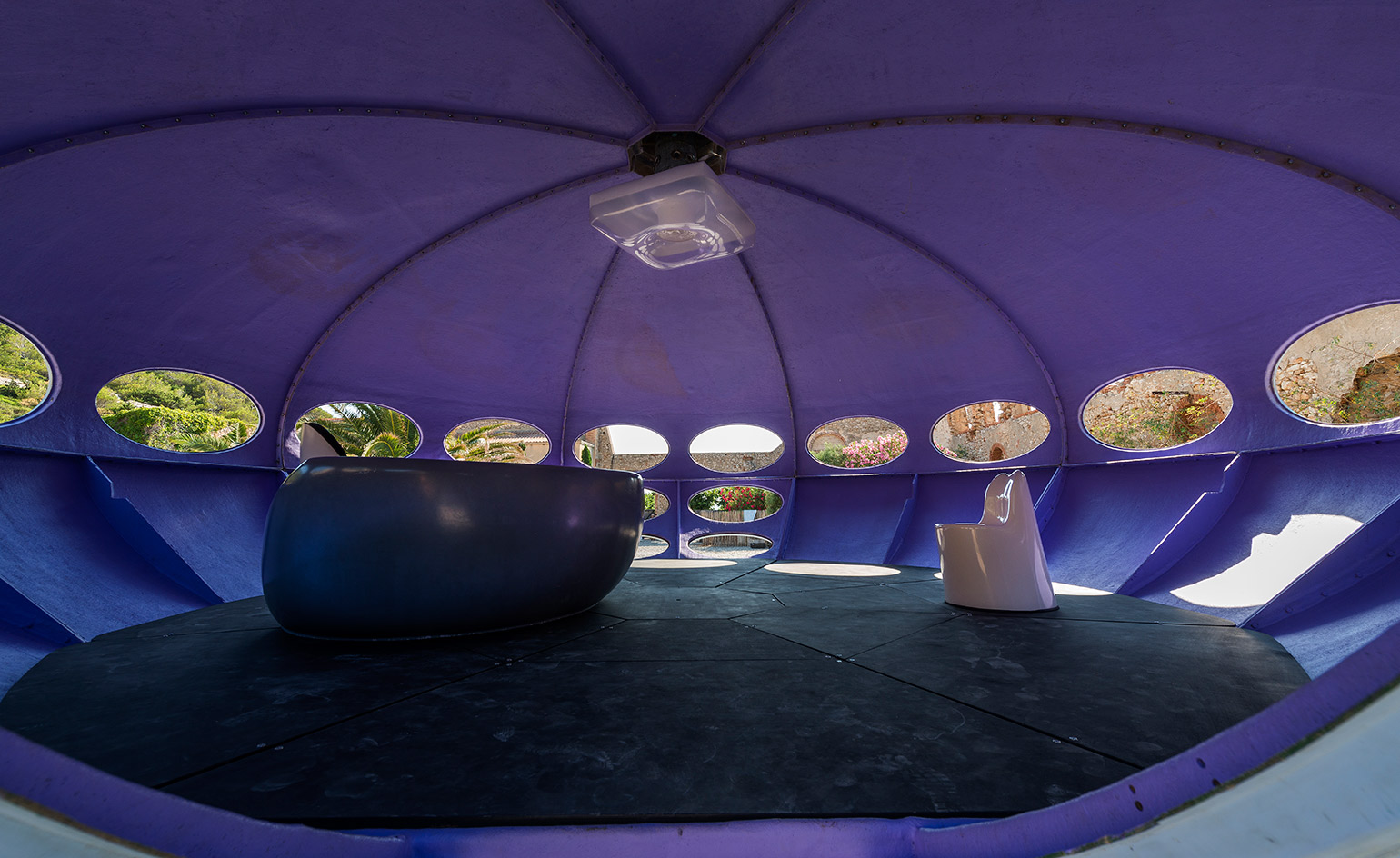
Interior view of Futuro House, of which there are 60 copies across the world

The Hexacube, 1972, designed by Georges Candilis (1913-1995) and Anja Blomstedt (b 1937). Candilis was one of the live wires in Le Corbusier’s office, where he worked during construction of the Cité Radieuse in Marseilles
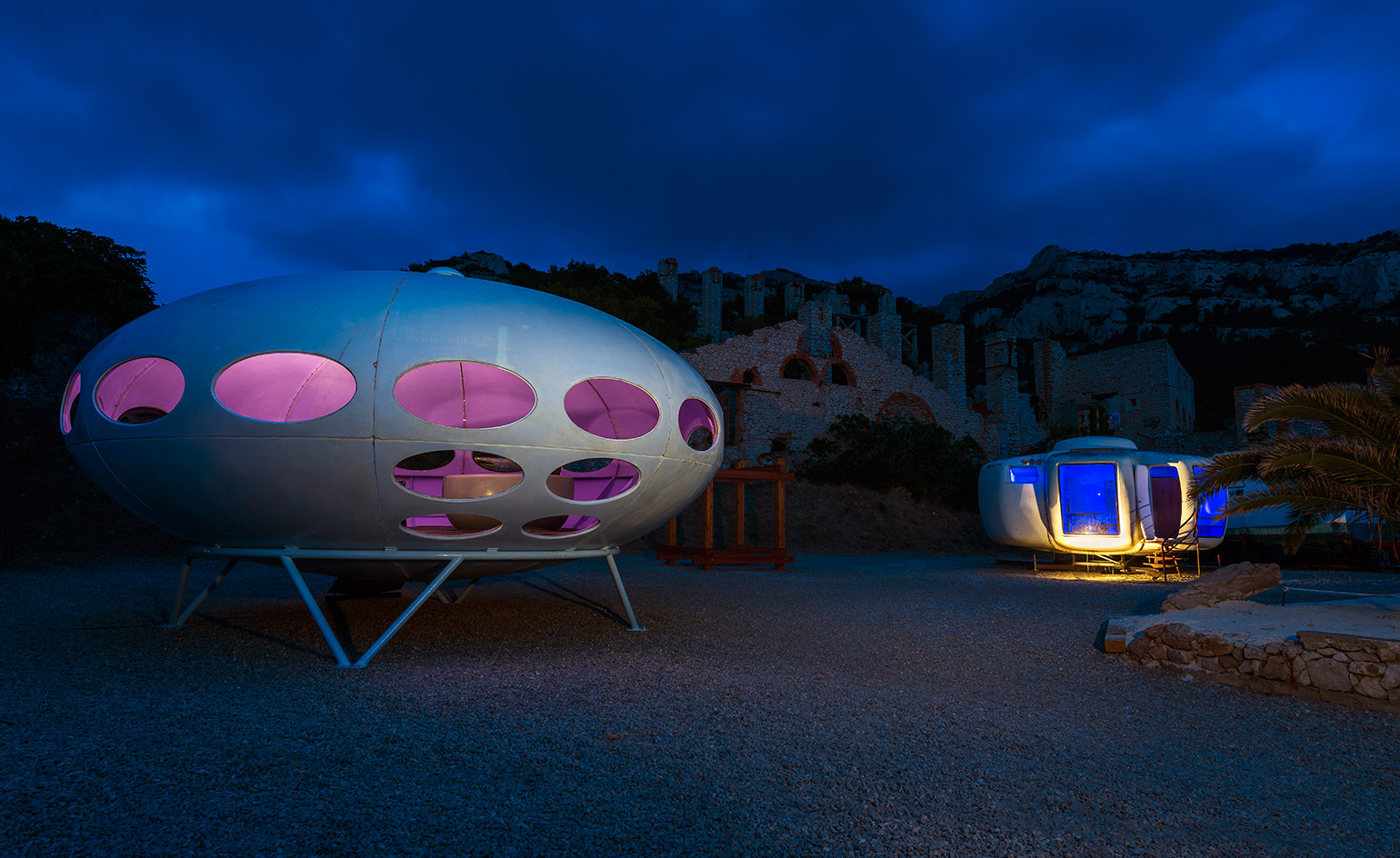
The Friche de l’Escalette pavilions by night
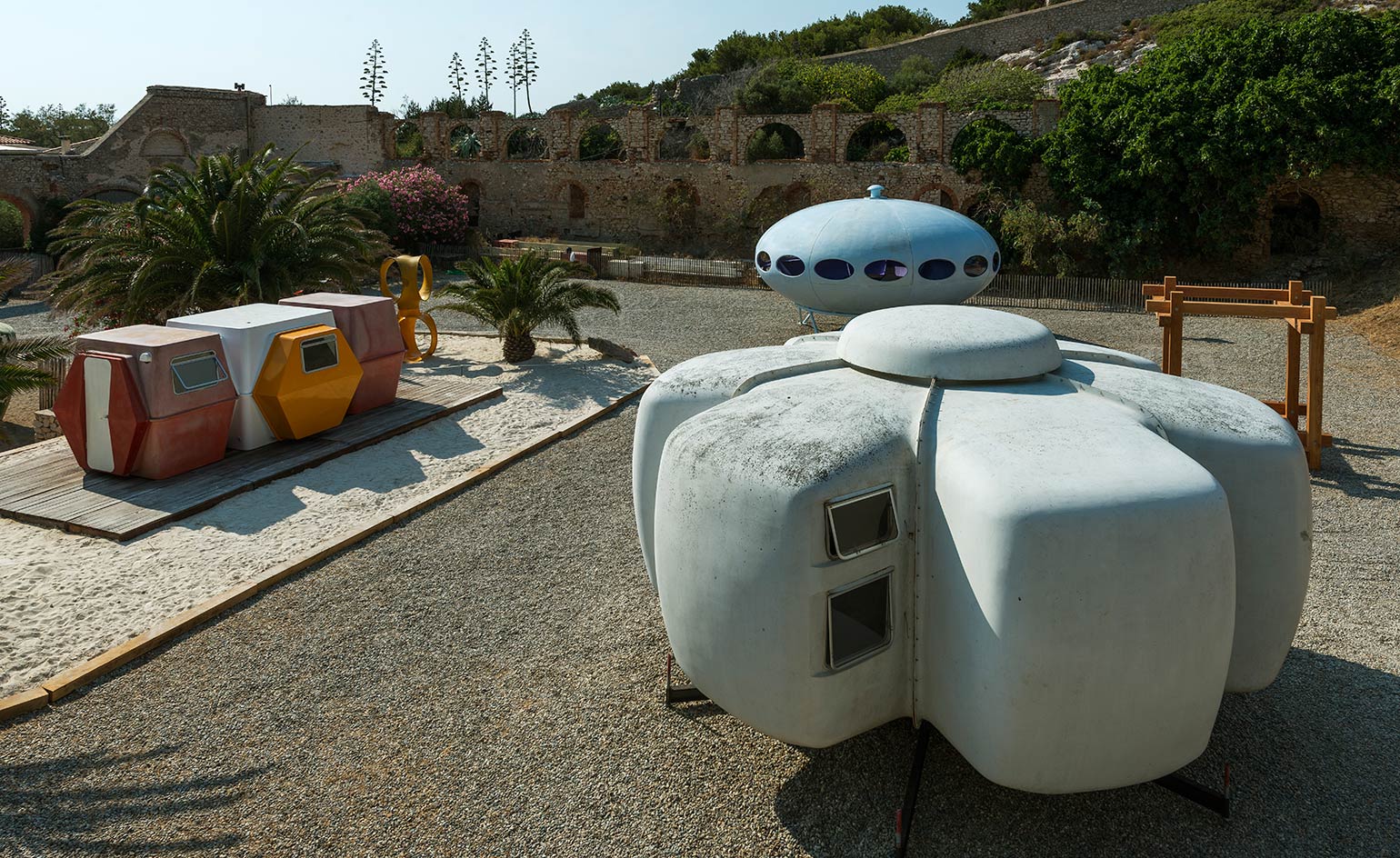
The Bulle (pictured in foreground) is an icon of flower power, designed by French designer Jean-Benjamin Maneval (1923-1986) and launched in 1968
INFORMATION
The exhibition is on view until 1 October, by appointment only. For more information, visit the Friche de l’Escalette website
Receive our daily digest of inspiration, escapism and design stories from around the world direct to your inbox.
-
 We asked six creative leaders to tell us their design predictions for the year ahead
We asked six creative leaders to tell us their design predictions for the year aheadWhat will be the trends shaping the design world in 2026? Six creative leaders share their creative predictions for next year, alongside some wise advice: be present, connect, embrace AI
-
 10 watch and jewellery moments that dazzled us in 2025
10 watch and jewellery moments that dazzled us in 2025From unexpected watch collaborations to eclectic materials and offbeat designs, here are the watch and jewellery moments we enjoyed this year
-
 Patricia Urquiola reveals an imaginative inner world in ‘Meta-Morphosa’
Patricia Urquiola reveals an imaginative inner world in ‘Meta-Morphosa’From hybrid creatures and marine motifs to experimental materials and textiles, Meta-Morphosa presents a concentrated view of Patricia Urquiola’s recent work
-
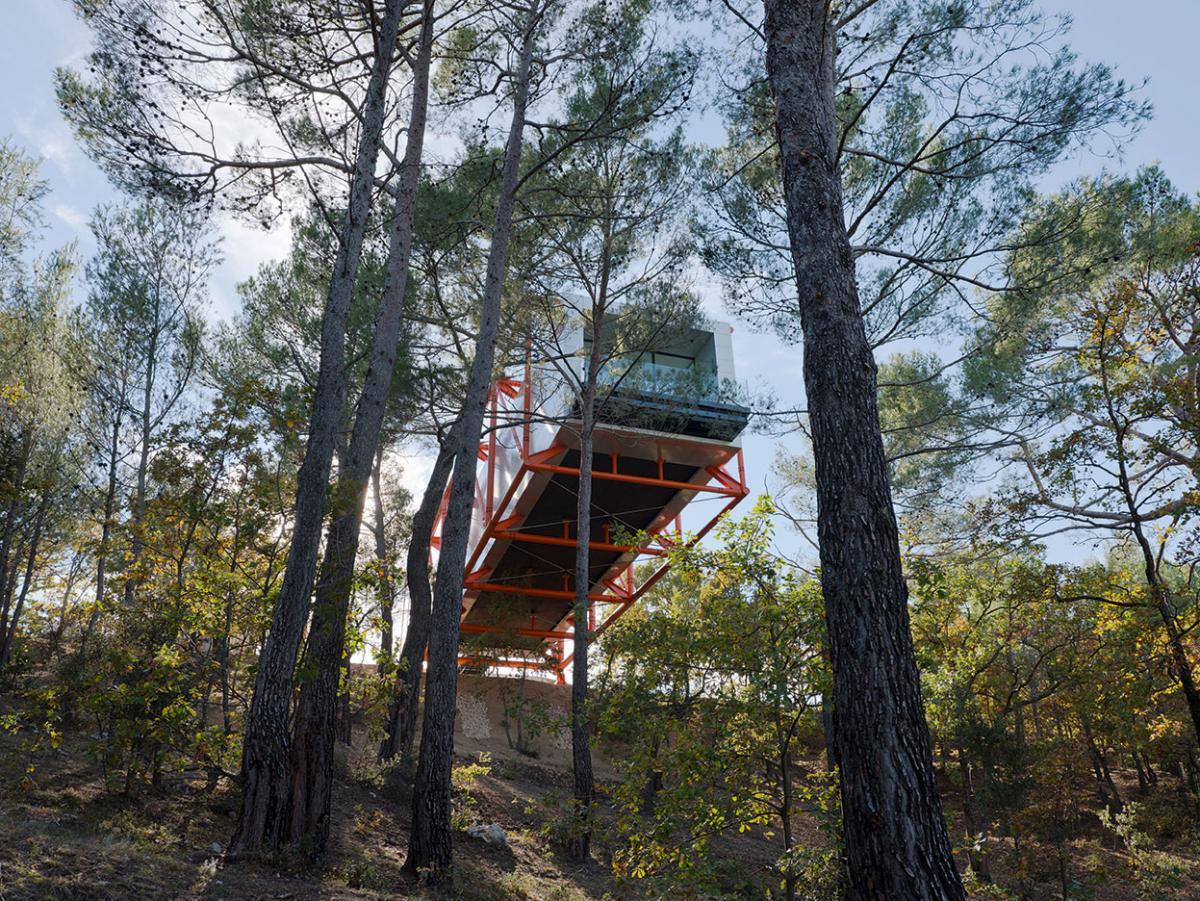 Richard Rogers exhibition delves into the architect’s ideas at Chateau La Coste
Richard Rogers exhibition delves into the architect’s ideas at Chateau La CosteA new Richard Rogers exhibition created by Ab Rogers opens at the late architect’s final design, the Drawing Gallery at Chateau La Coste in France
-
 Ultimate Norman Foster: into the mind of the architect at Centre Pompidou
Ultimate Norman Foster: into the mind of the architect at Centre PompidouNorman Foster exhibition opens at Centre Pompidou in Paris, celebrating the renowned British architect's ground breaking and extensive body of work, while looking into the future
-
 Foster + Partners’ Narbo Via enriches cultural landscape in south of France
Foster + Partners’ Narbo Via enriches cultural landscape in south of FranceNarbo Via, a new museum by Foster + Partners, opens in Narbonne, France
-
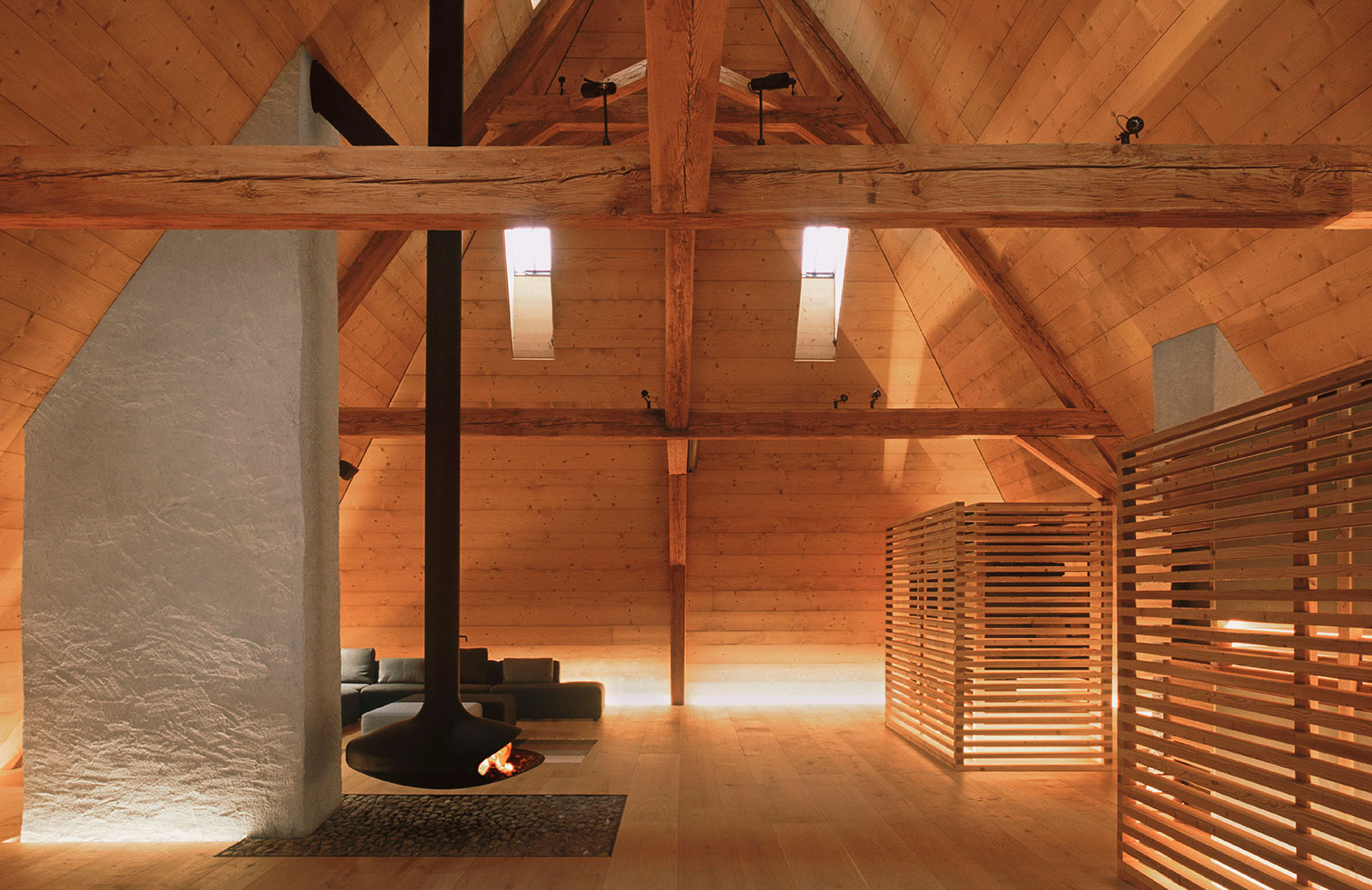 Introducing the Alpine attic taking gaming to new heights
Introducing the Alpine attic taking gaming to new heightsFilm shows and badminton top the bill in this rebuilt Alpine attic in France’s Haute-Savoie
-
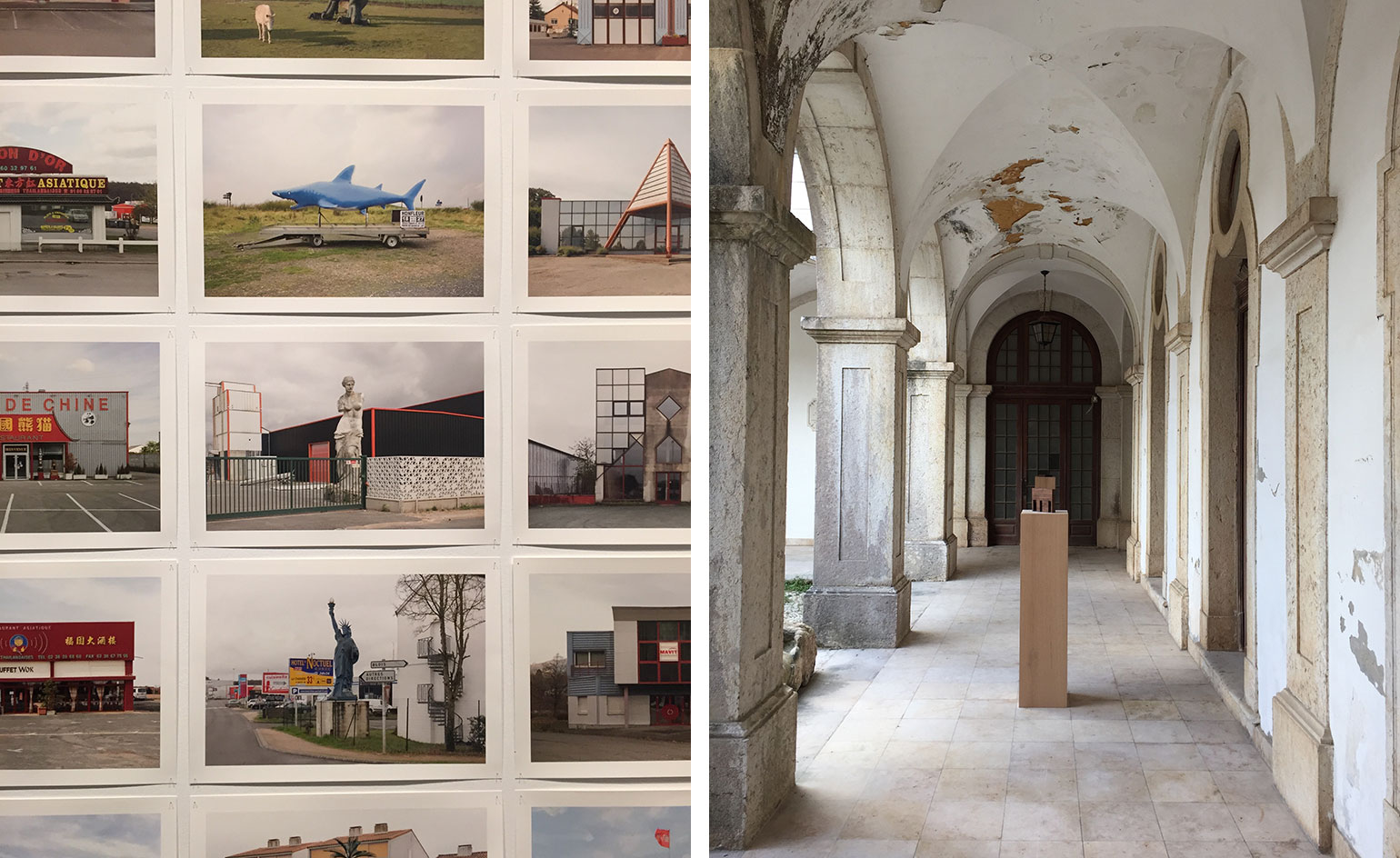 Lisbon Triennale connects architecture to culture through classification
Lisbon Triennale connects architecture to culture through classificationThe fifth Lisbon Triennale promises five exhibitions, 12 special projects and plenty of architectural plans to get lost in. Rich in historical inquiry and appreciation, materials and layers, it confirms the power of architecture within culture, and suggests how classification of the past can play a powerful role in shaping the future of architecture.
-
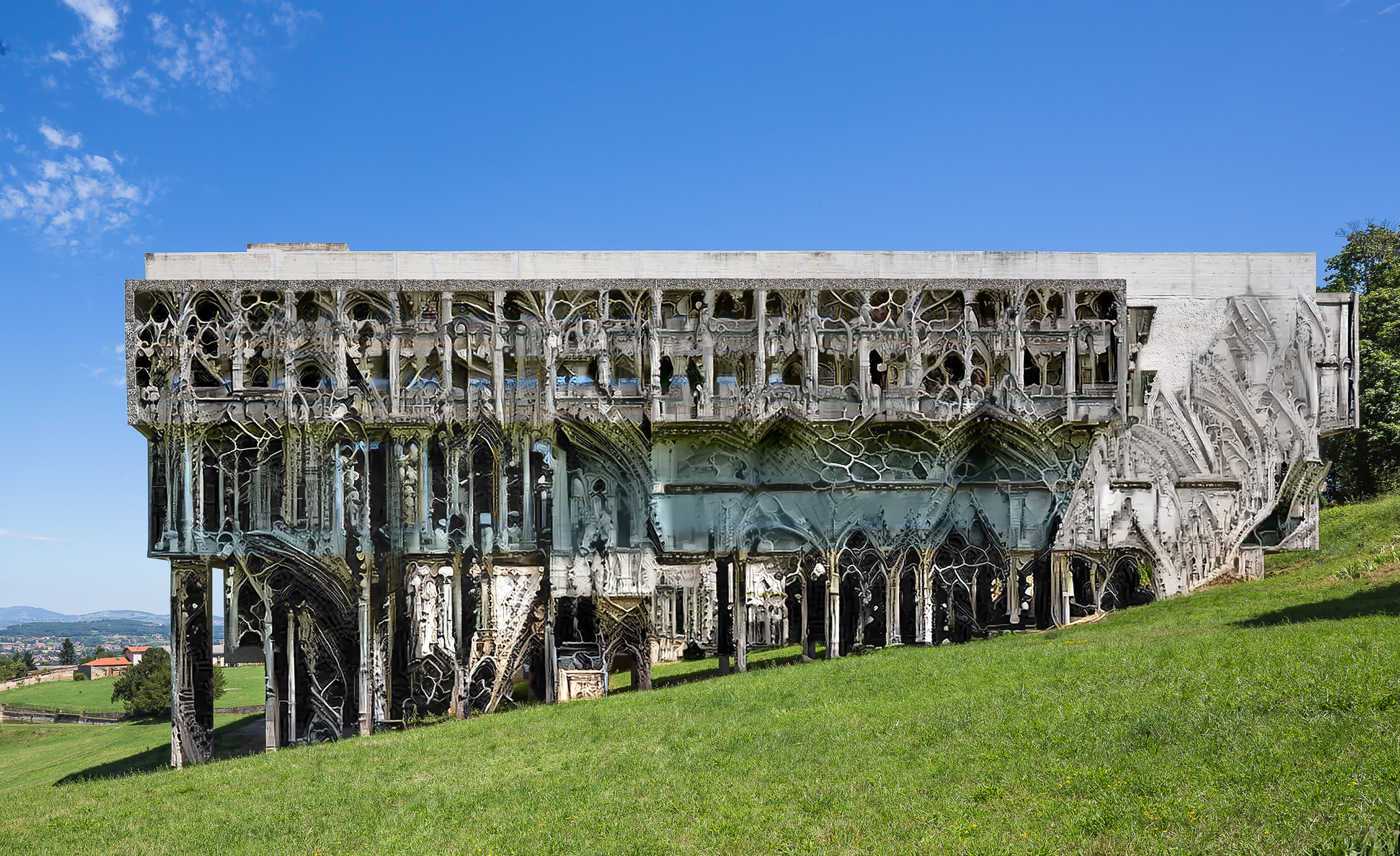 The 2019 Orleans Architectural Biennale is a thoughtful journey of exploration
The 2019 Orleans Architectural Biennale is a thoughtful journey of exploration -
 Flexible tiny house by Beatrice Bonzanigo presents infinite opportunities
Flexible tiny house by Beatrice Bonzanigo presents infinite opportunities -
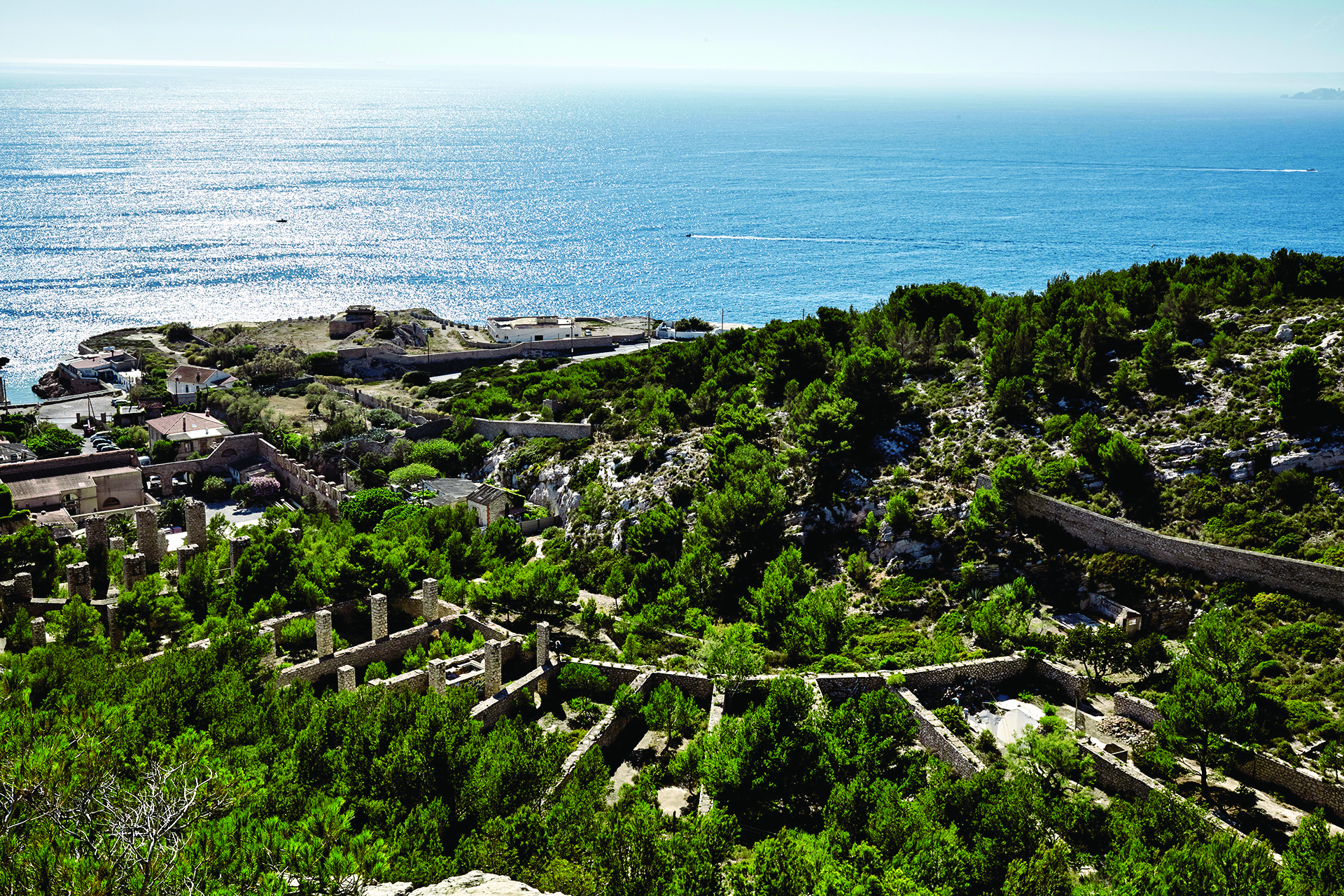 Modernism meets industry at Friche de l’Escalette, a French art dealer’s sculpture park
Modernism meets industry at Friche de l’Escalette, a French art dealer’s sculpture park